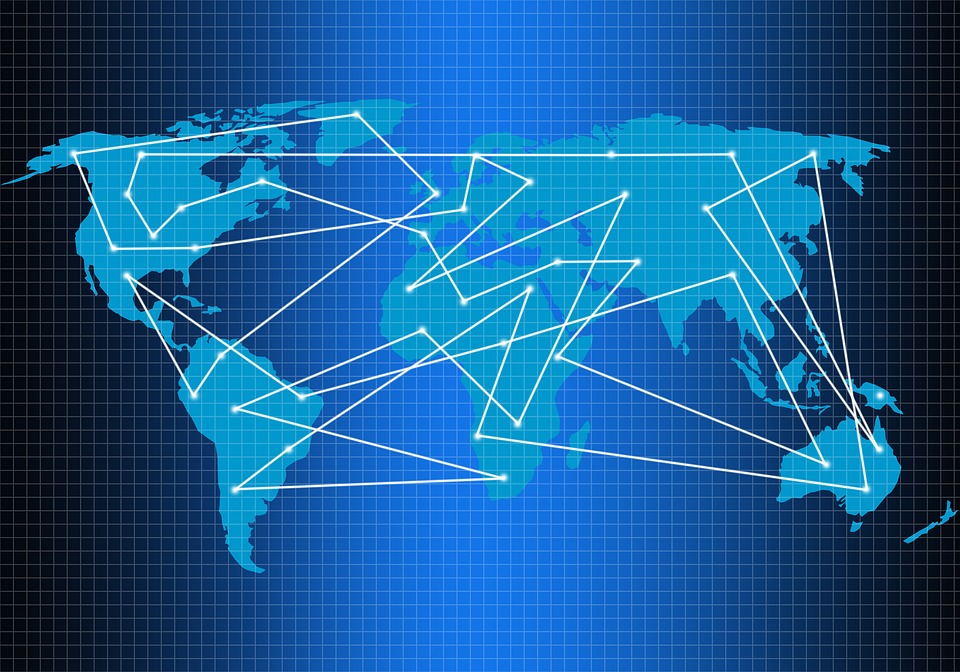This post is also available in:
 עברית (Hebrew)
עברית (Hebrew)
The global public safety market was valued at USD 8.58 billion in 2018, and it is expected to reach USD 38.98 billion by 2024, registering a CAGR of 29.9.%, during 2019-2024. Increasing awareness about the importance of security, replacement of obsolete architecture, rise in hazardous industrial explorations, among other factors are expected to drive the demand for public safety software, according to mordorintelligence.com.
What is expected in 2020?
First responder technology has undergone a major shift during 2019 due to growing public safety networks, the need for interoperability and the state of both man-made and natural disasters — plus the proliferation of 5G connectivity in the market. All of these factors combined have created a qualifying moment as we enter 2020.
Public safety networks are considered mission-critical in enhancing interoperability, communications and successful team collaboration, since first responders are constantly on the move. Cellular has created an era of mobile broadband networks, leading to a proliferation of mobile offices and pervasive connectivity that have enabled a new standard in communication for emergency personnel.
According to a forecast by efficientgov.com, 2020 and 2021 will see a similar, accelerated impact on the public safety market. It will likely result in the largest rate of change in the industry since the smartphone boom.
Some standout technologies will include:
Unmanned aerial systems (UAS) will come into their own, for the safe and fast delivery of defibrillators and emergency medications. Legislation will need to be at the forefront to really eliminate agency risk and enable this untapped potential to be mapped out.
BOT operations will help automate public safety responses. BOTS, or automated workflows, can help public safety by serving as the virtual eyes and ears on the street. BOTS can be activated by spoken words and create alerts and workflows via the cloud.
5G communications, artificial intelligence, LMR (Land Mobile Radio) and LTE (Long Term Evolution) and UAS will be the biggest mover and shakers in public safety.
Smart states will replace smart cities, and anything that can be connected will be connected. If there is no cellular/broadband connectivity, Private LTE networks will fill that coverage gap. Cloud and edge computing, along with 5G, will enable AI technology and machine learning.
MR systems — New tech like LMR, LTE and PTT will need interoperability, which continues to be the biggest roadblock with the highest amount of risk if it can’t be overcome.


























